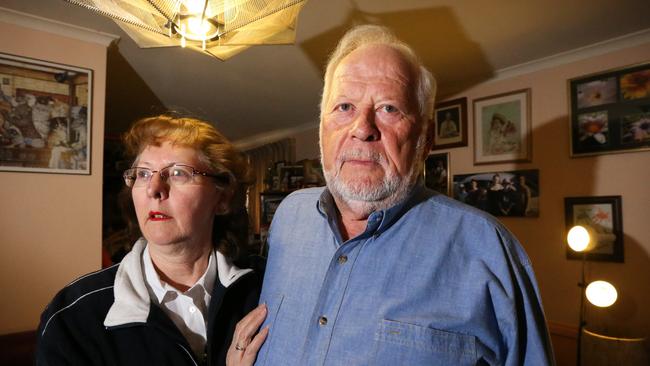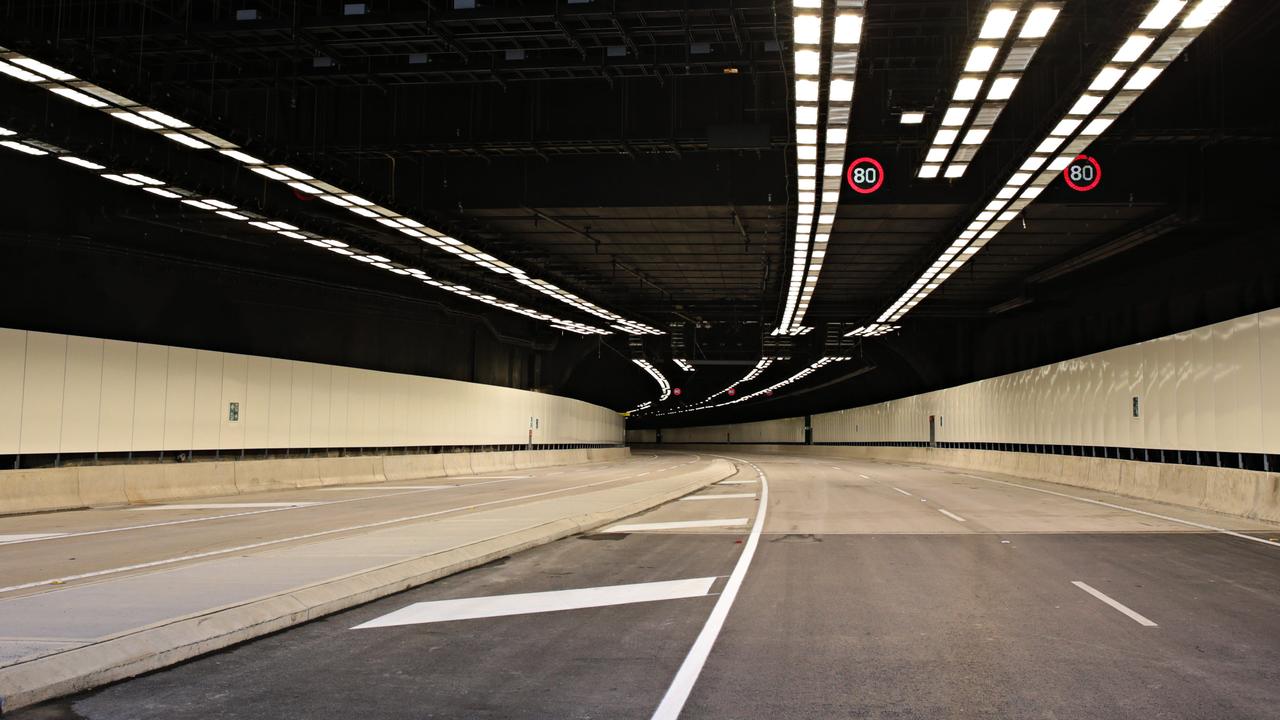How to save $700 a year on your electricity bill
SWITCHING from the worst electricity deal to the best can save a typical household more than $700 a year, new research reveals.

Public Defender
Don't miss out on the headlines from Public Defender. Followed categories will be added to My News.
SWITCHING from the worst electricity deal to the best can save a typical household more than $700 a year, new research from St Vincent de Paul reveals.
The research, released via Public Defender today, also shows that getting off the most expensive gas deal can deliver a further benefit of $60 a year.
The Vinnies report, funded by the official energy Consumer Advocacy Panel, is now available in full here. It contains detailed information about the price changes for all electricity and gas retailers in the three different distribution areas: Ausgrid, Endeavour and Essential. If you are looking to save on energy I recommend you check the report today.
GOT A LEGAL QUESTION? BLOG WITH BRYDENS LAWYERS @1PM TODAY
In the Ausgrid distribution area, which covers the eastern half of Sydney, the Central Coast and Hunter, a consumer who switches from the worst offer to the best, from Red Energy, can cut $560 or about 23 per cent from a typical annual bill.
In the Endeavour area — western Sydney, the Southern Highlands and Wollongong — moving to the best from the worst can lop $565 or 24 per cent from the average yearly cost of power. Again, Red Energy is the cheapest.
But the biggest potential saving is to be found in the Essential distribution area, which covers the rest of NSW. Up to $710 a year can be saved by switching to Red Energy. In percentage terms, the saving is about the same size as the other two areas because prices in the Essential zone are higher due to the cost of maintaining a larger network.
“Importantly, it is the difference between individual retailers’ offers that can produce significant savings if switching from a standing offer to a market offer. Customers who choose to stay with the same retailer, but change to a market offer, are unlikely to experience annual savings,” wrote report author Alviss Consulting analyst May Mauseth Johnston.
These comparisons make Red Energy look very cheap. And it is. But some of its competition is not quite as far behind as the Vinnies report suggests. The report was compiled a few weeks ago, before the axing of the carbon tax. Red passed on the savings before repeal was official, reducing average bills by about $179.
The main theme of the Vinnies report, that there are big savings on offer for those who shop around, still holds true.
While the NSW electricity market has been deregulated since July, gas remains regulated. As a result there are relatively few offers and little to be saved. In fact, outside Sydney there are only regulated rates. However, Energy Australia’s Sydney customers can save as much as 5.4 per cent or nearly $60 by switching to AGL.
EVIDENCE is mounting for the need to boost consumers’ rights when travel plans are wrecked.
This month Public Defender revealed the Airline Customer Advocate believed a gap in the Australian Consumer Law left passengers in the lurch when airlines failed to deliver.
Now comes the story of Margaret and Peter Robbins (pictured) of the ACT, who paid NRMA Travel nearly $7000 for a train and cruise holiday across and around Australia.
Stops on the Sea Princess cruise were to include Broome and Bali but a problem — known two months before departure — meant it would travel at reduced speed so both stops were dumped. Instead the ship would go to Papua New Guinea.
Princess Cruises’ refund clause was not triggered because it applies only when at least half the stops change.
I have obtained a refund and NRMA Travel is belatedly bending over backwards to help.



